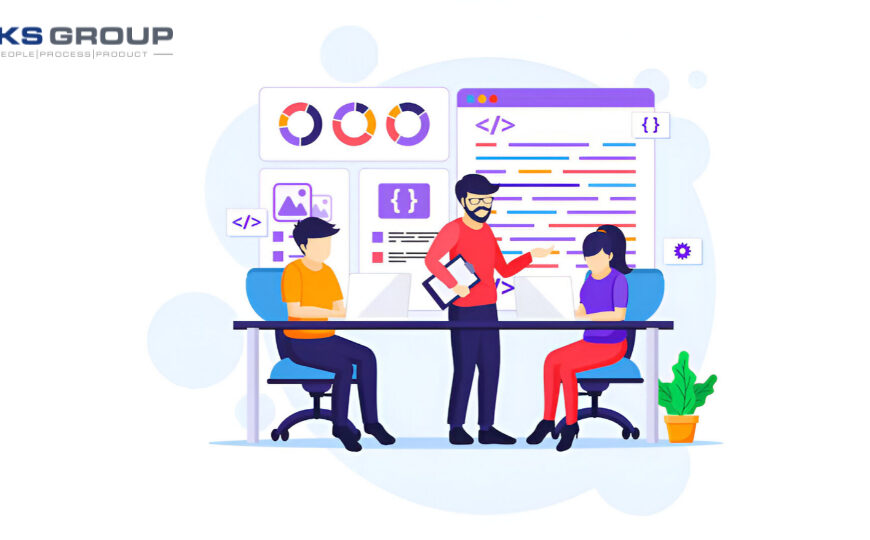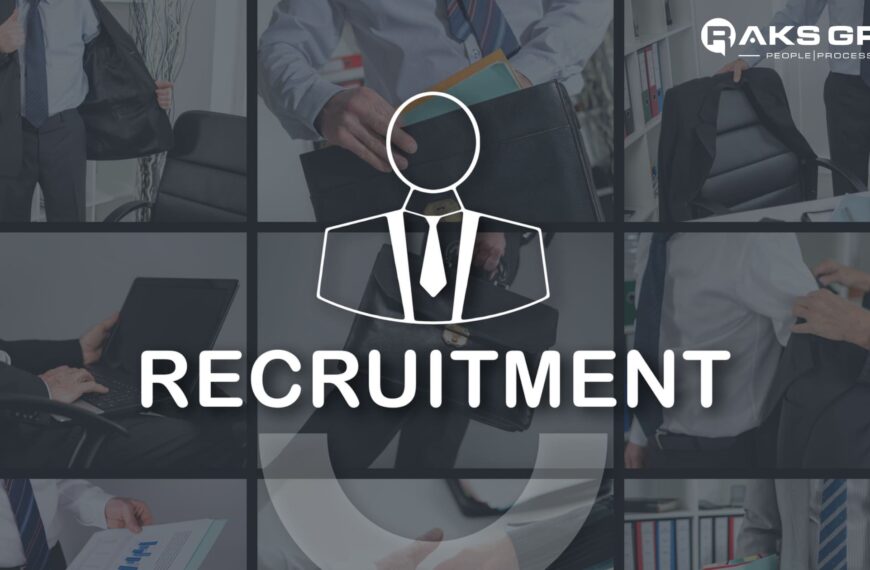In today’s hyper-competitive job market, first impressions matter — not just for candidates, but for employers too. A clunky, confusing, or time-consuming job application process can drive top talent away before they even click “submit.”
On the flip side, a seamless job application process not only attracts high-quality applicants but also:
- Builds your employer brand
- Reduces time-to-hire
- Boosts candidate satisfaction
If your company is serious about winning the war for talent, it’s time to evaluate and optimize every touchpoint in your application pipeline.
Why the Job Application Process Matters More Than Ever
With remote work, global job boards, and AI-powered resume screening, job seekers now have more options — and higher expectations.
✅ According to Glassdoor, nearly 60% of job seekers abandon online applications due to their complexity or length.
✅ CareerBuilder reports that 68% of candidates believe their application experience reflects how the company treats its employees.
A seamless job application process is no longer optional — it’s essential for hiring success.
Benefits of a Seamless Job Application Process
- Attracts Top Talent Faster
- Reduces Candidate Drop-Off
- Improves Employer Brand Perception
- Shortens Time-to-Hire
- Increases Offer Acceptance Rates
Step-by-Step Guide to Creating a Seamless Job Application Process
1. Start with Clear and Compelling Job Descriptions
Your job description is your first touchpoint with candidates.
🔑 Best Practices:
- Use clear titles aligned with industry standards (e.g., “Marketing Manager” vs. “Marketing Ninja”)
- List key responsibilities and essential qualifications
- Highlight company culture, mission, and benefits
- Keep it concise and scannable — use bullet points
- Incorporate relevant keywords for SEO
Pro Tip: Use tools like Jobscan to analyze keyword alignment with candidate resumes.
2. Optimize Your Careers Page
Your careers page is a candidate’s gateway to your brand.
✅ Must-Haves:
- Mobile-responsive design — over 70% of candidates apply via smartphones
- Real employee testimonials and videos
- Filtering options by department, location, or remote roles
- Simple, intuitive interface with clear CTAs
SEO Tip: Add schema markup for job listings so they appear in Google’s job search.
3. Simplify the Application Form
Most candidate drop-offs happen here.
🔧 Streamlining Tips:
- Ask only for essential information (name, email, resume)
- Avoid duplicating data inputs
- Offer one-click apply via LinkedIn or Indeed
- Enable auto-fill features
- Allow saving and returning later
4. Mobile-Friendly Everything
Your process must meet candidates on their mobile devices.
📱 Ensure That:
- Your careers page loads in under 3 seconds
- Forms are thumb-friendly and responsive
- Candidates can upload resumes via mobile
- No clunky CAPTCHA or popups
Tool Tip: Use Google’s Mobile-Friendly Test to evaluate your page.
5. Automate with an ATS — But Stay Human
Applicant Tracking Systems are crucial — if used right.
✅ Key Features:
- Resume parsing
- Custom workflows & auto follow-ups
- Job board integrations
- Candidate status tracking
🤝 Candidate Experience Boost:
Send automated status updates, confirmation emails, and regular communication. Don’t leave them guessing.
6. Communicate Clearly and Often
Transparency builds candidate trust.
💬 Build Trust By:
- Sending confirmation emails instantly
- Outlining the next steps
- Providing realistic timelines
- Sharing updates even during delays
7. Use Pre-Screening and Assessments Strategically
Used well, assessments improve hiring. Used poorly, they repel candidates.
🧠 Tips:
- Use only role-relevant assessments
- Explain clearly what it involves
- Avoid time-consuming tasks
- Provide feedback when possible
8. Personalize the Journey
Personalization = Better Engagement
🎯 Ideas:
- Address candidates by name
- Reference specific roles or skills
- Use smart ATS segmentation
- Send personalized rejections or interview invites
9. Enable Real-Time Interview Scheduling
Avoid email back-and-forth.
Use tools like Calendly or GoodTime to let candidates select interview slots — it’s faster and shows respect for their time.
10. Collect Feedback and Iterate
Ask. Learn. Improve.
📝 Try:
- Post-application surveys
- Monitoring drop-off points
- Asking new hires about their experience
Use this data to evolve — candidate expectations change fast.
Common Mistakes to Avoid
- Requiring account creation before applying
- Having too many steps in the process
- Using outdated ATS platforms
- Ignoring mobile optimization
- Failing to communicate post-submission
Measuring Success: Key Metrics to Track
- Application Completion Rate
- Time-to-Apply
- Candidate Drop-Off Rate
- Time-to-Hire
- Candidate Satisfaction Score (CSAT)
- Source of Hire Conversion Rates
Future-Proofing: Trends to Watch
Stay ahead with emerging recruitment tech:
- AI-powered resume screening & chatbots
- Video applications
- Voice-activated job search
- Predictive hiring analytics
- Candidate experience platforms
Final Thoughts
Creating a seamless job application process isn’t about cutting corners. It’s about:
- Removing friction
- Respecting candidates’ time
- Elevating their experience
In today’s market, where employer branding and candidate experience are make-or-break factors, optimizing your hiring process is a strategic advantage.
Start now — and turn your application pipeline into your greatest recruitment asset.















